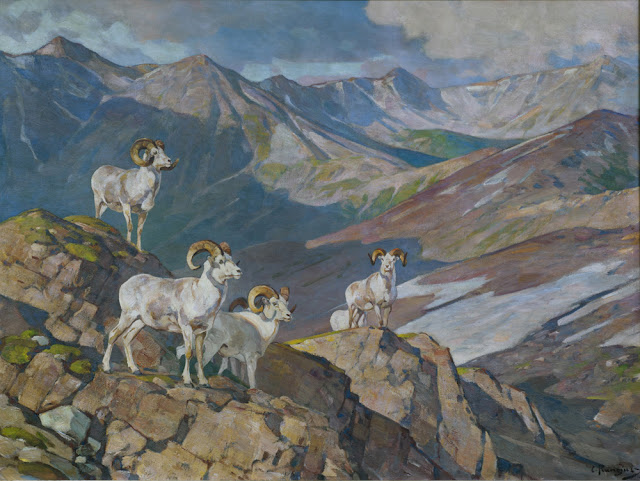In Castle Mountain's Shadow: The Story of Silver City

In Castle Mountain's Shadow: The Story of Silver City Old Silver City mining town and Castle Mountain, 18 miles west of Banff, n.d., Whyte Museum of the Canadian Rockies, Norman Bethune Sanson fonds (V246/16/48/NA66/1989) Most people admire the towering fortress along the eastern edge of the Trans-Canada Highway as they drive north towards Lake Louise. Named by Sir James Hector in 1858, Castle Mountain is a place with a tumultuous past. Before the railway was built through the Rocky Mountains the access to the region was either by foot or horse. In 1881, John Healy was shown a sample of copper ore collected from the base of Castle Mountain by a local Stoney Nakoda member. After having the ore tested, it was determined to contain high levels of copper and lead. In the same year, Canadian Pacific Railway (CPR) surveyors were determining a route through the mountains. With the coming of the railway, the race was on to stake a prospect claim in the a...




